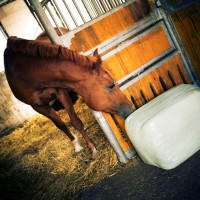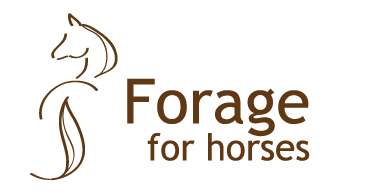Hygienic quality of haylage autumn and spring

Making haylage instead of silage can imply a higher risk of mould growth in the bales. Haylage is drier and in wrapped forages with DM concentrations of 65-70% the lactic acid production stops and the risk of mould growth increases partly due to a larger portion of air pits and higher risk for puncturing the plastic. You can read more about the differences between haylage and silage here and here.
In this study haylage samplings were performed at 18 horse farms and samples were taken at two occasions, in autumn and the following spring. Also different methods for microbial analyses were tested on the haylage samples.
On average the haylage samples had low mould counts, but fungi with the potential for producing mycotoxins such as Aspergillus fumigatus and Penicillium spp. were found. The haylage samples taken in autumn and spring had similar microbial composition and content of fermentation products. E.g. the hygienic quality had not deteriorated during winter storage.
Which type of substrate (nutrition) that was used for cultivating the microorganisms did not affect the number of mould and yeast colonies, but all mould species did not grow on all substrates. The incubation temperature affected both the fungal counts and the presence of mould species. By using at least two substrates and two incubation temperatures (25 and 37°C) all mould species that were identified in this study could be detected.
Forage for horses should have good hygienic quality and if you are unsure about the forage quality you can send a sample for microbiological analysis, read more about that here and here you find more about forage hygienic quality.
Sara Muhonen, AgrD
